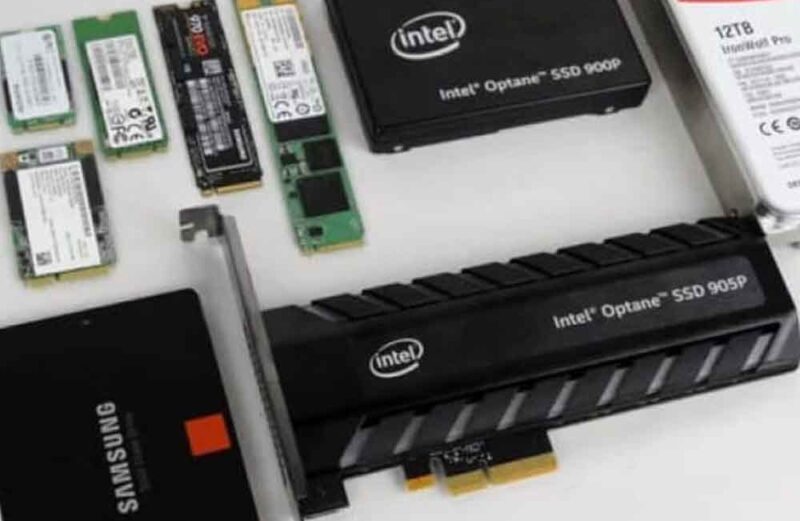Flash memory is a type of non-volatile memory that is used in many modern digital devices, including smartphones, digital cameras, laptops, USB drives, and solid-state drives (SSDs). Unlike traditional magnetic hard drives, flash memory does not require a continuous power supply to retain data.
Flash memory works by storing data in an array of transistors that can be programmed to store either a 1 or a 0. The data is stored in these transistors until it is erased or overwritten, making flash memory a reliable and fast way to store data.
Flash memory can be divided into two types: NAND flash and NOR flash. NAND flash is used in consumer electronics and is typically used for large-capacity storage, while NOR flash is used in industrial and embedded applications and is typically used for storing firmware and other system data.
One of the main advantages of flash memory over traditional magnetic hard drives is its fast read and write speeds. Flash memory can also handle more read and write cycles than traditional hard drives, making it more durable and reliable. Additionally, flash memory is more energy-efficient and generates less heat than traditional hard drives, making it ideal for use in portable devices.
In summary, flash memory is a type of non-volatile memory that is used in many modern digital devices, including smartphones, digital cameras, laptops, USB drives, and solid-state drives (SSDs). It is known for its fast read and write speeds, durability, and energy efficiency, and is widely used in consumer electronics, industrial and embedded systems, and other applications.

